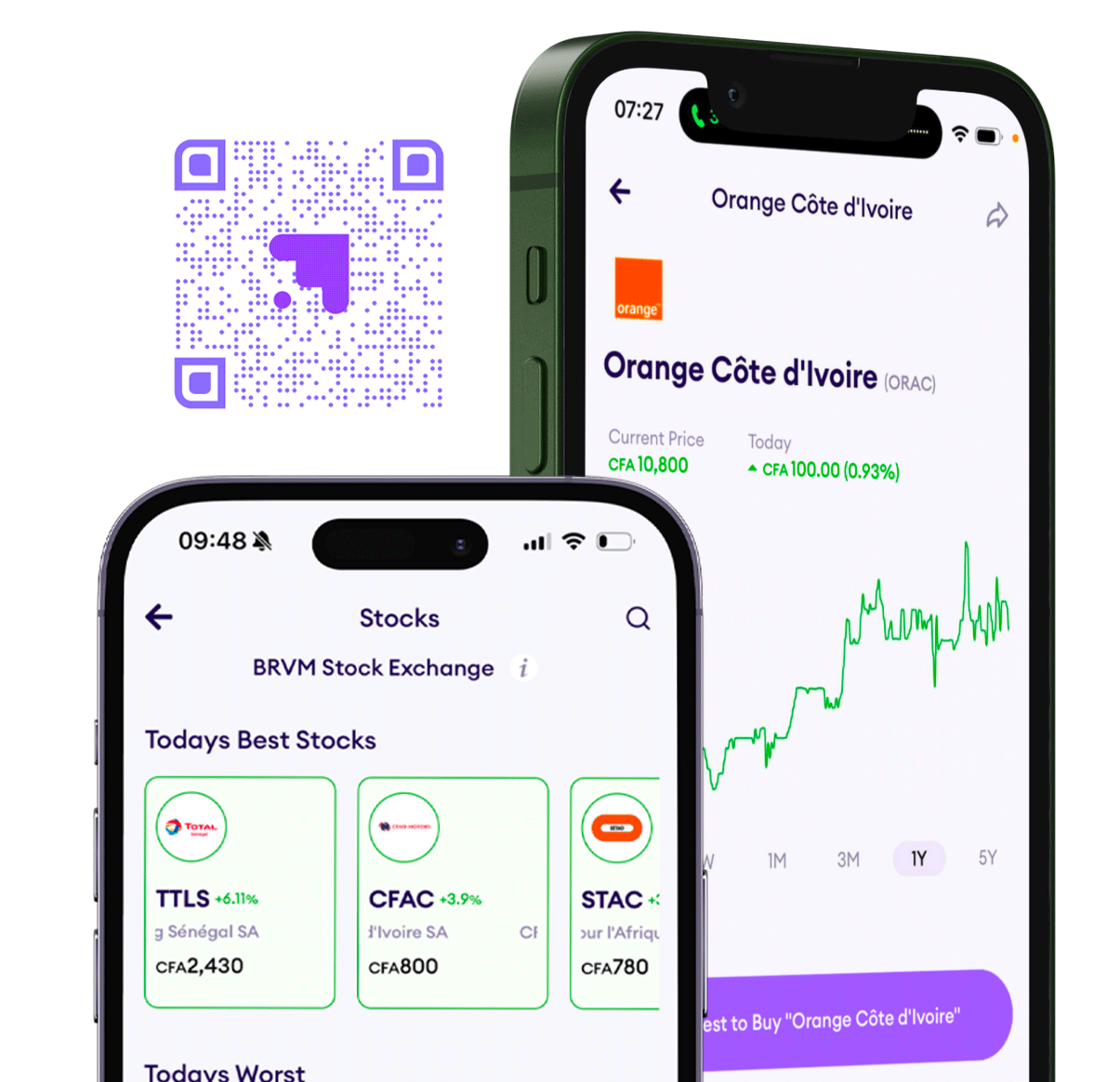Zambia’s central bank hikes interest rate by most in four years

Zambia's central bank has implemented its most substantial increase in the benchmark interest rate in four years to address persistent inflation and stabilize the local currency, which has faced challenges amid efforts to restructure debt.
Governor Denny Kalyalya announced on Wednesday in Lusaka, the capital, that the monetary policy committee has raised the interest rate from 10% to 11%. This marks the most significant increase since November 2019. Despite previous monetary tightening efforts, inflationary pressures and the depreciation of the currency have persisted, even in the face of weakened private sector activity.
The Zambian currency has reached record lows against the dollar, prompting the central bank to raise reserve-ratio requirements for lenders for the second time in two weeks, setting it at 17% from the previous 14.5%, effective from November 27.
Key Takeaways
The consequences of the kwacha’s steep depreciation were reflected in Zambia's consumer price inflation in October, which surged to 12.6%, marking the highest rate in nearly two years. The kwacha's devaluation significantly impacts prices, as Zambia relies heavily on imports for products like fuel and fertilizer, making it susceptible to exchange rate fluctuations. The International Monetary Fund (IMF) suggested on Monday that further policy tightening might be necessary while announcing a staff-level agreement to release $184 million for Zambia under its support program. That came as official creditors co-led by China and France rejected a revised bondholder restructuring, stalling the revamp of $3 billion of outstanding notes.

Next Frontier
Stay up to date on major news and events in African markets. Delivered weekly.
Pulse54
UDeep-dives into what’s old and new in Africa’s investment landscape. Delivered twice monthly.
Events
Sign up to stay informed about our regular webinars, product launches, and exhibitions.




